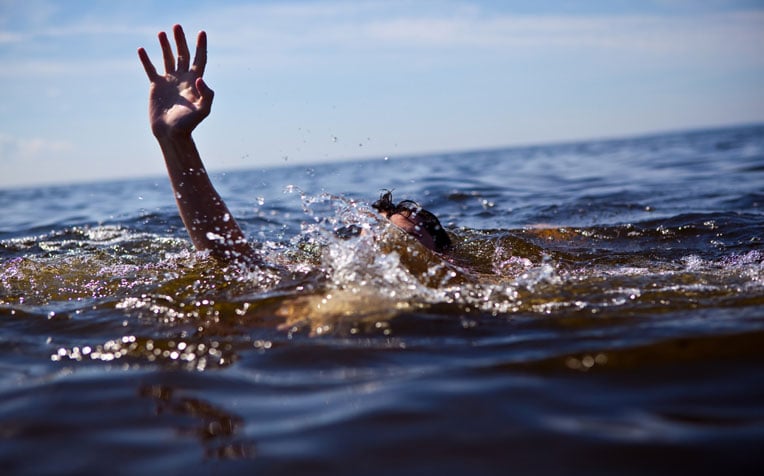How we can prevent drowning

On November 24 2018, a leisure cruise boat, MV Templar, capsized just about 100 metres from the shores of Mutima beach on Lake Victoria, killing over 30 people. The incident was quickly declared a national tragedy, and it so caught the attention of the country that a new slogan ‘balance the boat’ was coined.
While this is a lot of people, and every person who died in that tragedy was a life needlessly lost, drowning in the many water bodies across the country is a daily occurrence. Today, eight Ugandans will drown, and so it is for every day of every year. The majority of these deaths never make it to the news.
Drowning is a silent and fast killer; death can occur in as quickly as 20 seconds. In every region of the world, drowning is a big threat to public health, accounting for seven per cent of all unintentional deaths. Over 90 per cent of deaths occur in low- and middle-income countries.
The African region suffers the highest drowning death rate of 8/100,000 population. However, these global estimates are believed to be a gross under-representation of the burden because they do not include drownings from water transportation and flood disasters.
Research on Lake Victoria indicates that Uganda suffers perhaps the world’s highest drowning death rate of 502/100,000 population in lakeside fishing communities. Although the country is blessed to have over 18 per cent of its land surface covered by water, drowning in this water poses a risk to more than 14 million people daily. Many people depend on open water bodies, such as lakes and rivers, for their livelihoods, recreation, or transport.
A countrywide survey conducted by Makerere University School of Public Health found that only a small fraction of the drownings gets reported as news. While most drownings occur in lakes or rivers, many also occur in ditches, domestic and public swimming pools, drainage channels, rice paddies, and flash floods. Some of these go unreported unless it involves a prominent person. The study also found that in many instances rescues are not attempted. There were many cases of failed rescue attempts in which the rescuers also drowned either due to lack of rescue skills, or lack of required rescue equipment.
Based on research in many different settings, the World Health Organisation recommends several interventions: setting and enforcing safe boating, shipping, and ferry regulations; improving flood risk management; teaching swimming, water safety and safe rescue skills; training bystanders in safe rescue and resuscitation; installing barriers controlling access to water; and providing safe places away from water such as play and early learning centres for pre-school children.
In Uganda, preventive efforts are hampered by many factors, including a lack of enabling laws and policies, predictive and mitigation measures, unsafe boats, non-use of lifejackets, lack of safe access to water for domestic use.
This year, Uganda joined the rest of the world in commemorating the first World Drowning Prevention Day, declared by the UN General Assembly as of July 25. We look forward to government endorsing the national strategy for drowning prevention, which has been drafted by multiple sectors.
This year, the global theme was, “Anyone can drown, no one should”. Our theme for Uganda was “Drowning: recognising the silent burden and a call to action”
Drowning is preventable. Without strategic planning, community engagement, and sufficient resources, families and society shall continue to suffer losses through drowning.
Frederick Oporia




